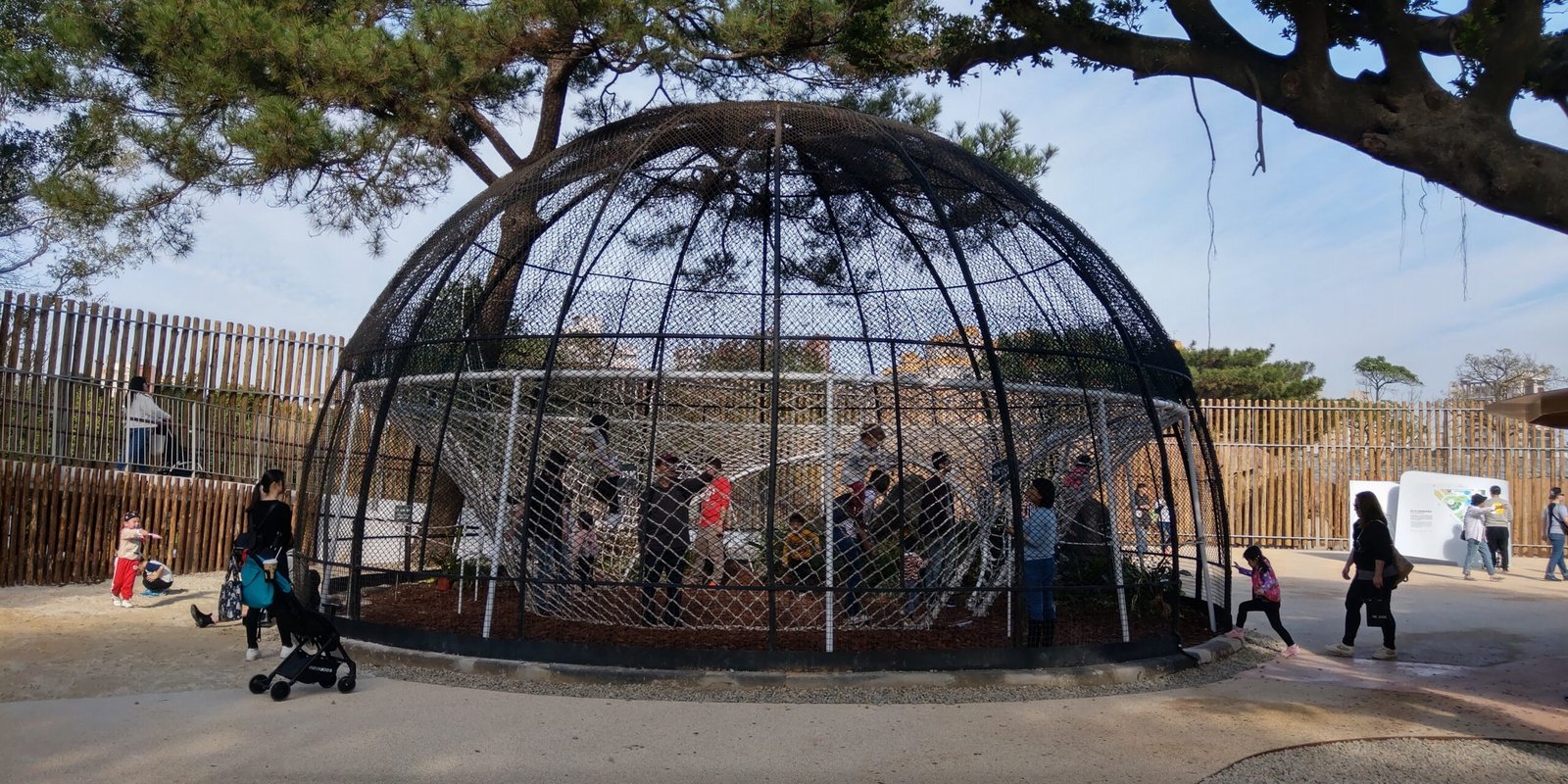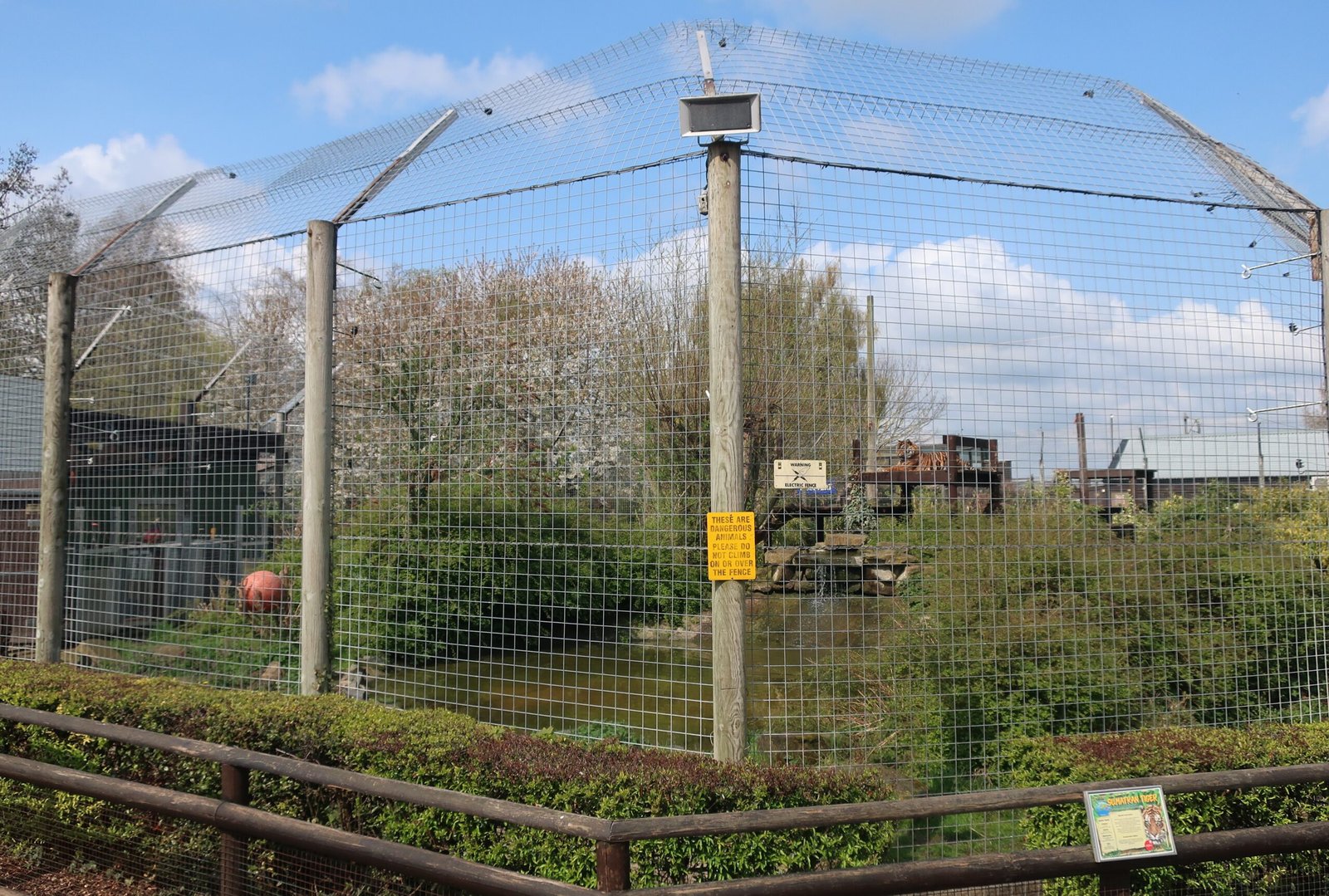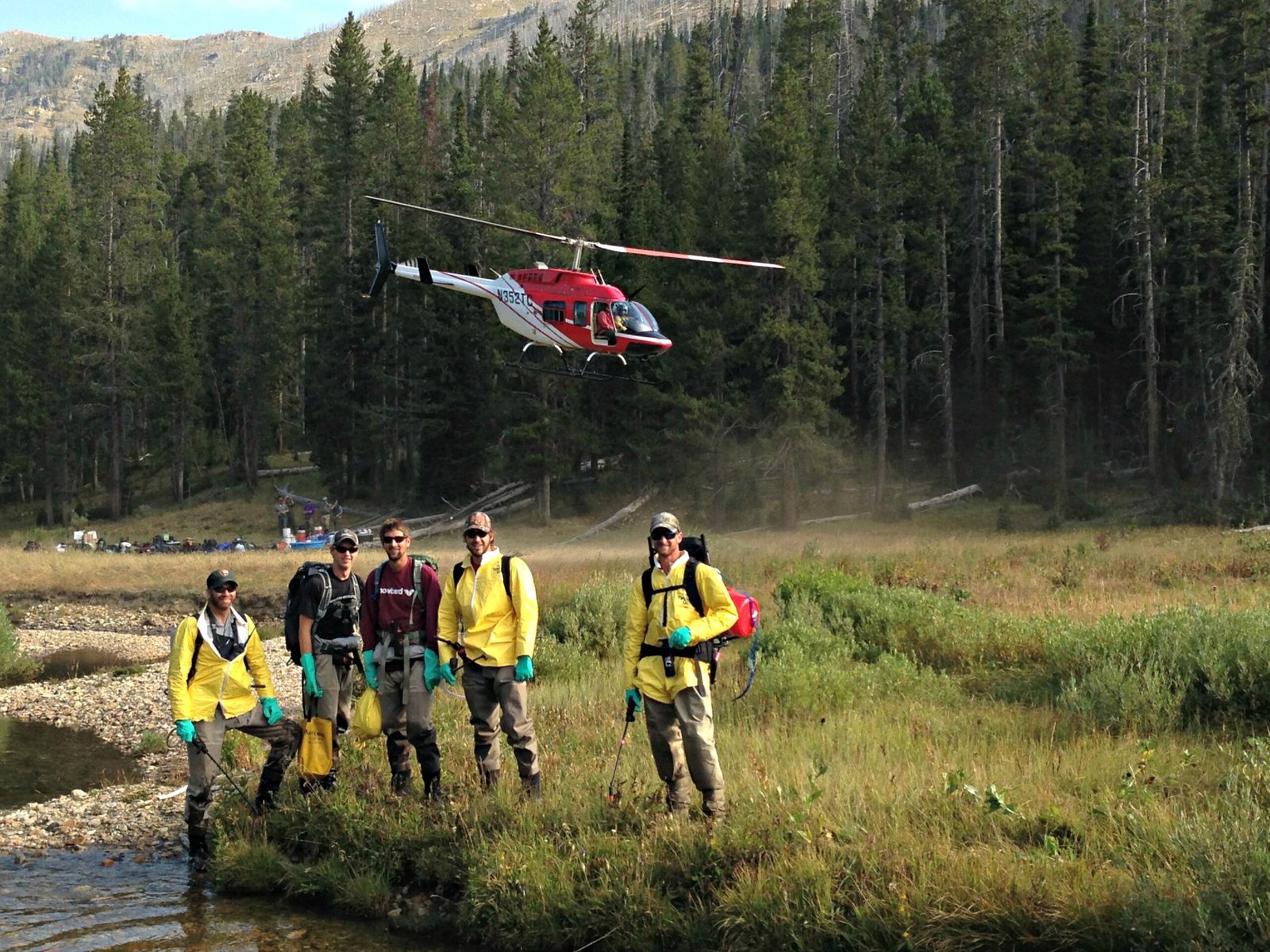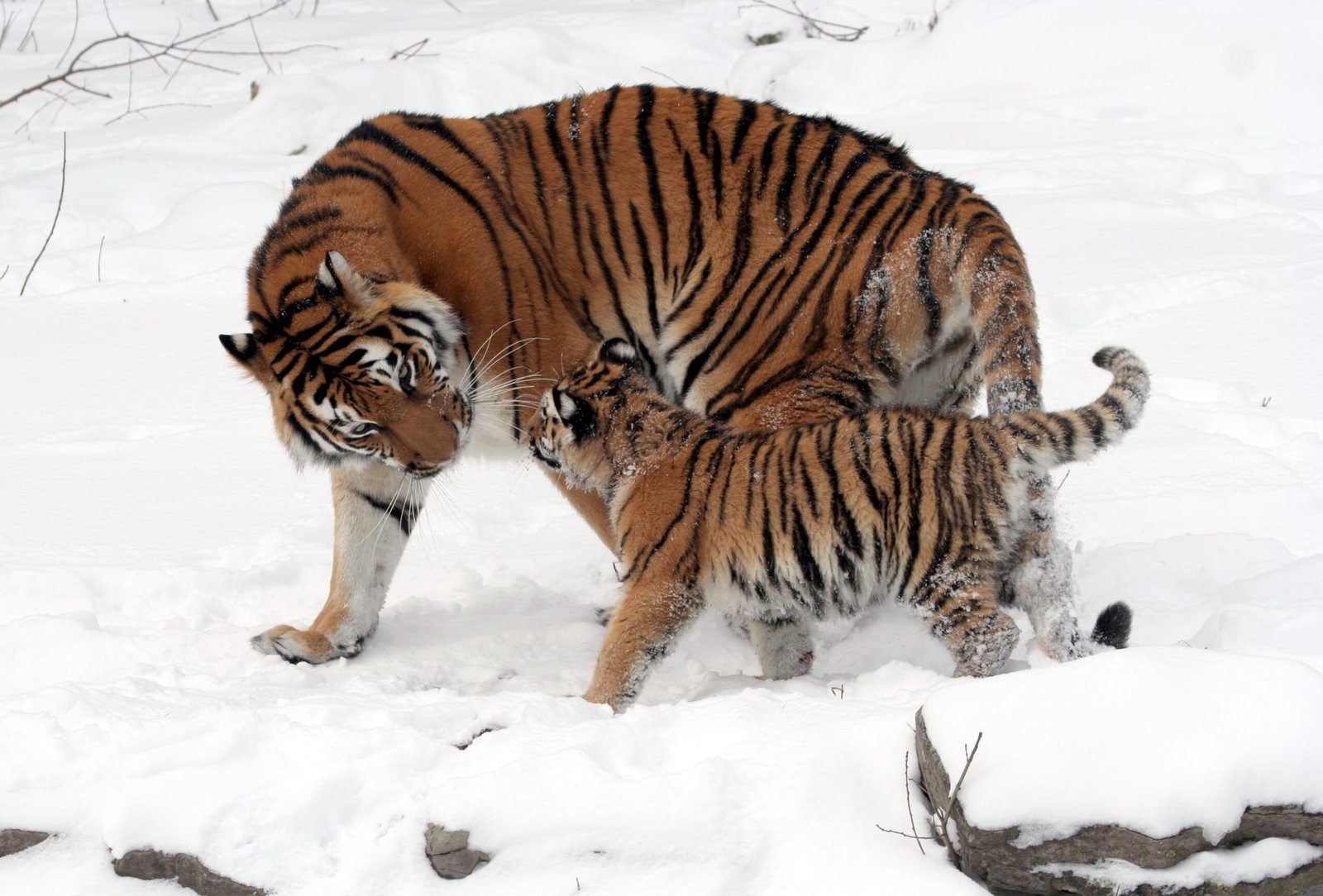There was a time when zoos were little more than menageries—crowded displays where animals were kept for public amusement, often behind cold iron bars, far from their native lands. Imagine the confusion and quiet suffering of a tiger pacing in a bare concrete cell, a world away from the lush forests it once roamed. But that image is fading into history. Today, zoos across the globe are rewriting their story, transforming from mere spectacles into sanctuaries where conservation, education, and compassion take center stage. This sweeping change is not just inspiring; it’s reshaping our relationship with wildlife and igniting hope for countless endangered species. Let’s embark on a journey through the remarkable evolution of zoos—one that reveals how empathy, science, and innovation are turning former prisons into places of promise.
The Dark Origins: From Curiosity Cabinets to Iron Cages

In their earliest days, zoos were created as status symbols for royals and the wealthy. Exotic animals from distant lands were paraded as trophies, kept in cramped cages with little concern for their health or happiness. The focus was on the visual spectacle, not the animal’s well-being. Crowds flocked to see lions, elephants, and bears, often gawking at creatures forced to perform unnatural tricks. Many animals suffered from malnutrition, poor living conditions, and a complete lack of privacy or enrichment. Diseases spread easily, and lifespans were tragically short. These early zoos were more about entertainment than education, reflecting a time when empathy for animals was rare and the science of animal care was in its infancy.
The Awakening: Seeds of Compassion and Change
The 20th century brought a wave of new thinking, as people began to question the ethics of keeping wild animals in captivity. Scientists and zookeepers noticed the signs of stress and trauma in caged animals—repetitive pacing, self-harm, and general apathy. Animal rights movements gained momentum, and voices demanding reform grew louder. Visionary zoo directors started to see animals not as objects, but as sentient beings deserving respect and care. This shift sparked changes in enclosure design, animal nutrition, and veterinary medicine. The goal was no longer just to display animals, but to keep them healthy and content. This awakening laid the groundwork for the revolution that would transform zoos for generations to come.
Naturalistic Habitats: Recreating the Wild Within Walls

One of the most striking changes in modern zoos is the creation of naturalistic habitats. Gone are the stark concrete pens; in their place are lush, sprawling enclosures that mimic an animal’s native environment. Zoos now plant real trees, build rivers, and design hiding spots to let animals express natural behaviors. Gorillas swing through leafy canopies, penguins dive into chilled pools, and meerkats dig in sandy burrows. These habitats not only improve physical health, but also reduce stress and boredom. Guests, in turn, get a glimpse of what life is truly like for these animals in the wild, fostering empathy and understanding. This commitment to authenticity is a testament to how far zoos have come in prioritizing the welfare of their residents.
Education for All: Inspiring the Next Generation

Modern zoos are no longer just places for a family day out—they are powerful centers of learning. Educational programs now reach millions of visitors each year, blending fun with science. Interactive exhibits, animal talks, and behind-the-scenes tours teach guests about conservation, biology, and the importance of protecting endangered species. Children can look a giraffe in the eye and learn how their survival depends on preserving African savannas. Programs often include hands-on activities, fostering curiosity and sparking lifelong passions for wildlife. By connecting people to animals in meaningful ways, zoos inspire a sense of stewardship and responsibility for our planet’s biodiversity.
Champions of Conservation: Zoos as Wildlife Lifelines
Perhaps the most profound transformation is the role zoos play in conservation. Faced with habitat loss, poaching, and climate change, many species are teetering on the edge of extinction. Zoos have stepped up as lifelines, launching breeding programs for endangered animals like the California condor, black-footed ferret, and Sumatran tiger. These programs use cutting-edge science to ensure genetic diversity and healthy populations. Some zoos even reintroduce animals into protected wild habitats, giving species a second chance. Conservationists and scientists now work hand-in-hand, using zoos as safe havens where animals can recover and thrive before returning to the wild.
Research Hubs: Unlocking Nature’s Secrets

Zoos have evolved into dynamic research centers where scientists study animal behavior, health, reproduction, and genetics. By observing animals up close, researchers gain insights that are nearly impossible to gather in the wild. This knowledge helps improve animal care, both in captivity and in nature. For example, research on elephant social structures in zoos has informed successful conservation strategies in Africa and Asia. Veterinary breakthroughs—such as new vaccines and treatments—often originate in zoo laboratories. The data gathered is shared worldwide, advancing our collective understanding of wildlife and their needs.
Enrichment and Wellbeing: Nurturing Minds and Bodies
Enrichment is now a cornerstone of animal care in modern zoos. Caretakers devise creative ways to challenge animals’ minds and keep them active. They hide food to encourage foraging, introduce novel objects for play, and design puzzles that mimic challenges in the wild. These activities prevent boredom, reduce stress, and promote natural instincts. Zookeepers also monitor social dynamics, ensuring animals have companions and healthy relationships. This holistic approach recognizes that animal wellbeing is about more than just survival—it’s about thriving, both mentally and physically.
Community Engagement: Connecting People and Wildlife

Zoos are increasingly reaching beyond their gates, forging deep connections with their local communities. They host conservation festivals, citizen science projects, and volunteer programs. Local schools partner with zoos for classroom visits and science fairs. These initiatives break down barriers, making wildlife conservation a shared mission. Stories of rescued animals, successful releases, and community-driven habitat restoration inspire hope and involvement. By involving everyone—from toddlers to seniors—zoos empower entire communities to become advocates for nature.
Global Partnerships: Working Together for Wildlife

No zoo stands alone in the fight to save species. Today, zoos collaborate on a global scale, sharing knowledge, resources, and expertise. International networks coordinate breeding efforts, ensuring that rare animals are managed sustainably. Joint research projects tackle complex challenges like disease outbreaks and habitat fragmentation. Zoos also fund conservation work in wild habitats, supporting anti-poaching patrols and habitat restoration across continents. This spirit of collaboration amplifies their impact, demonstrating that united efforts can move mountains for wildlife.
Facing Criticism: Listening, Learning, and Improving

Despite these advances, zoos still face criticism from animal welfare advocates and the public. Concerns about animal rights, enclosure sizes, and ethical responsibilities are taken seriously by many modern zoos. Honest reflection and transparency are now part of their culture. Many institutions invite independent audits, publish welfare reports, and seek input from external experts. This willingness to listen, learn, and change is what keeps zoos evolving for the better. Constructive criticism, rather than being ignored, becomes fuel for continued improvement.
Future Forward: What Lies Ahead for Zoos?
Looking to the future, the best zoos are embracing technology and innovation to further enhance animal welfare and conservation impact. Virtual reality experiences, advanced monitoring systems, and genetic tools are just some of the breakthroughs on the horizon. Some zoos are even reimagining their purpose—transitioning into wildlife rescue centers or sanctuaries for animals who can’t return to the wild. As public expectations continue to rise, zoos must keep pushing boundaries, proving that they truly are sanctuaries, not spectacles.
Zoos have traveled a long, complicated road, but their transformation is nothing short of inspiring. From cages to conservation, from sideshow to sanctuary, these institutions are showing us what’s possible when compassion and science walk hand in hand. What would you have guessed about how far zoos have come—and where they might lead us next?



